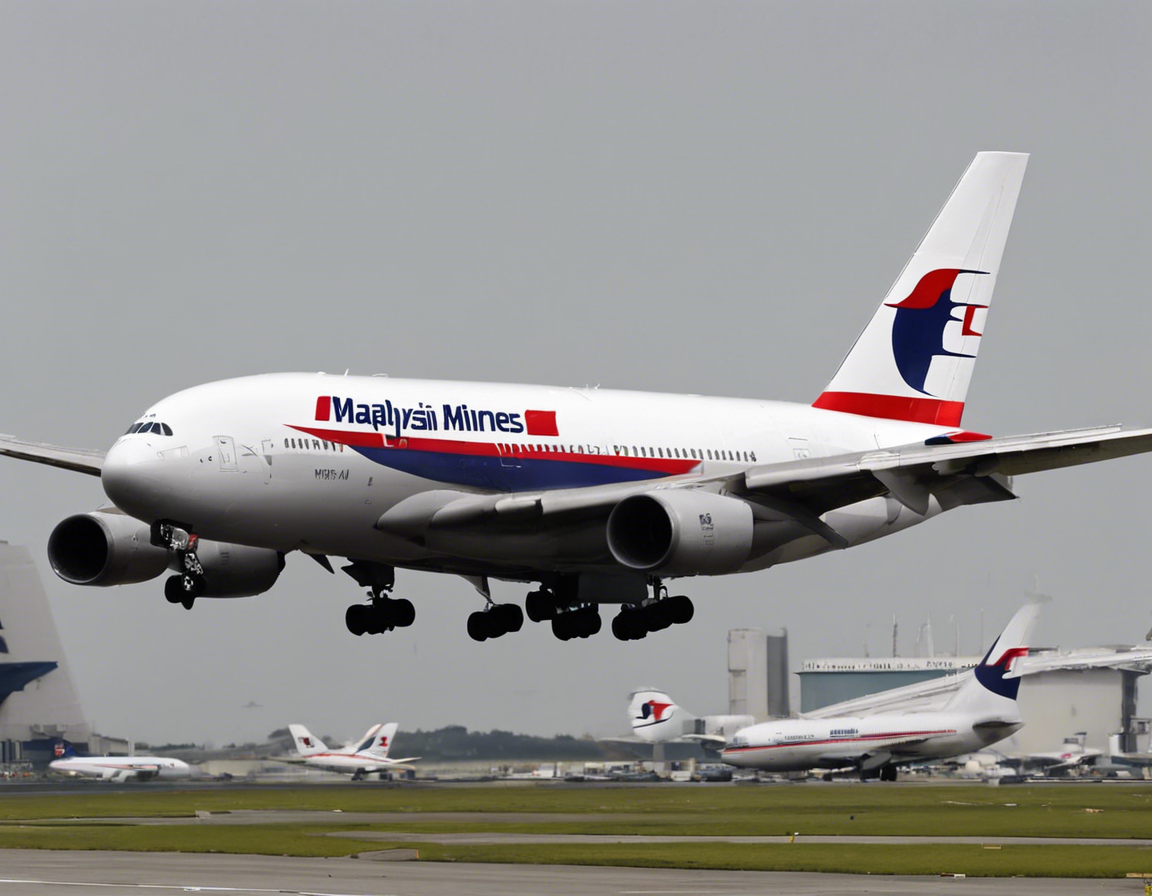On October 20th, 2021, a Jet aircraft was forced to turnaround mid-flight due to a technical issue that raised alarms among passengers and crew members alike. The incident, while not entirely uncommon in the aviation industry, shed light on the importance of stringent safety protocols and swift decision-making in situations where the well-being of passengers and crew are at stake.
The Incident
The Jet aircraft, en route from New York to London, experienced an unexpected malfunction in one of its engines approximately two hours into the flight. Passengers reported hearing loud noises coming from the engine, followed by visible signs of engine trouble such as smoke and sparks. The flight crew, trained to handle such emergencies, acted promptly to assess the situation and communicate with air traffic control about the need to return to the nearest airport for an emergency landing.
Safety Procedures
In situations like these, airlines follow strict safety procedures to ensure the well-being of everyone on board. Pilots are trained to handle various emergency scenarios, including engine failures, loss of cabin pressure, and severe turbulence. When faced with a technical issue, the safety of passengers is always the top priority, and decisions to turn back or divert to another airport are made based on the level of risk involved.
Passenger Experience
The experience of being on a flight that is forced to turnaround due to a technical issue can be stressful and anxiety-inducing for passengers. The sudden change in plans, coupled with the uncertainty of the situation, can evoke fear and panic among some travelers. However, it is crucial for passengers to remain calm and follow the instructions of the flight crew during such emergencies. Reassurance from the captain and crew members can help alleviate anxiety and instill confidence in the passengers.
Importance of Maintenance
The incident involving the Jet aircraft highlights the critical role of regular maintenance and inspections in ensuring the airworthiness of commercial aircraft. Routine checks, both pre-flight and post-flight, help identify potential issues and prevent mechanical failures that could compromise the safety of the aircraft. Airlines invest heavily in maintenance programs and training for their staff to uphold the highest standards of safety and operational excellence.
Conclusion
In conclusion, the incident of the Jet aircraft being forced to turnaround due to a technical issue serves as a reminder of the inherent risks associated with air travel and the importance of preparedness and vigilance in ensuring the safety of passengers and crew. While such incidents can be unsettling, it is essential to trust in the competence and expertise of airline professionals in managing emergencies effectively. By adhering to strict safety protocols, conducting regular maintenance checks, and prioritizing passenger well-being, the aviation industry continues to uphold its commitment to safety and security in the skies.
Frequently Asked Questions (FAQs)
1. What are the most common reasons for a flight to be forced to turnaround due to a technical issue?
The most common reasons include engine malfunctions, loss of cabin pressure, electrical faults, and sensor failures.
2. How do pilots communicate with air traffic control during an emergency?
Pilots use designated emergency frequencies to communicate with air traffic control and convey the nature of the issue and their intentions.
3. Are emergency landings common in commercial aviation?
While emergency landings are not everyday occurrences, they are part of pilot training and are conducted when necessary to ensure passenger safety.
4. How do airlines ensure the safety of passengers during a technical issue mid-flight?
Airlines have well-defined safety protocols in place to guide crew members in managing emergencies and prioritizing the safety and well-being of passengers.
5. What measures can passengers take to stay calm during an emergency situation on a flight?
Passengers are advised to listen to the instructions of the flight crew, stay informed about the situation, and remain seated with seatbelts fastened until further notice.
